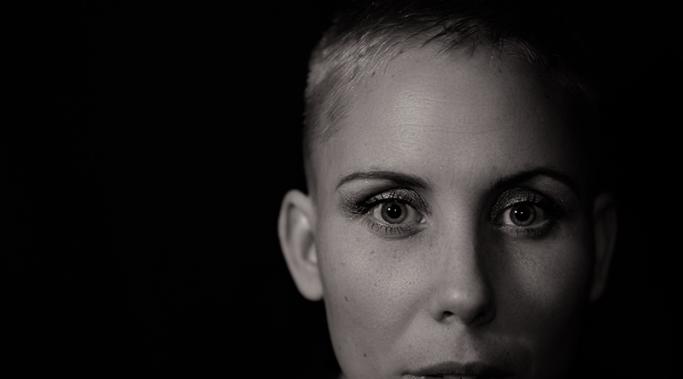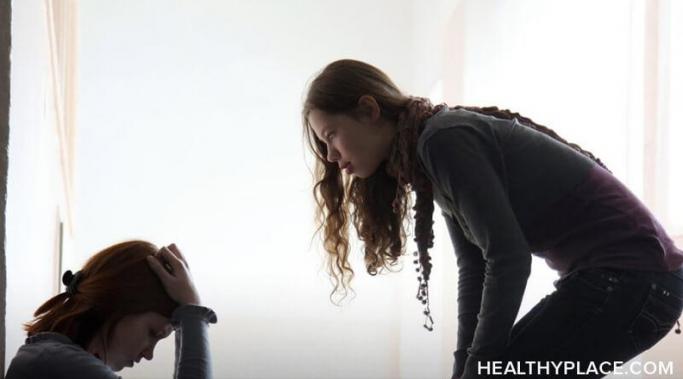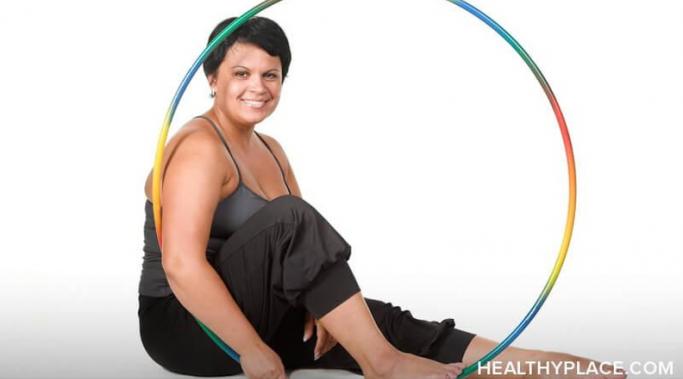Eye Movement Desensitization and Reprocessing (EMDR) therapy is primarily used as a treatment for PTSD. Discovered and developed by Francine Shapiro, Ph.D., EMDR uses eye movements, taps or tones to reprogram trauma victims' thinking. The end result can be relatively fast relief of PTSD symptoms, including the re-experiencing of the trauma and other symptoms resulting from horrific events like rape or combat. EMDR also helps with "little t" traumas having to do with beliefs about ourselves formed during childhood and other mental health disorders.
Self-Help - TV Show Blog
During the bulk of my abusive marriage, I didn't realize how isolated I was, but I did recognize the fact that other families weren't like mine. The shame of not knowing how to fix my problems overwhelmed me, and the frustration of having no one to talk to hurled me into depression. The guilt of being ill-functioning for my children and husband kept me low. It was a devastating downward spiral that ended only after I realized I was not alone in my struggles.
Perhaps my "aha moment" would have come more quickly if Band Back Together, the website created by Becky Sherrick Harks, was available to me then. Known as Aunt Becky to the Internet, Sherrick Harks created a website called bandbacktogether.com and invites everyone suffering from trauma, sickness, mental illness or abuse to share their story online [Note: As of right now, the website is hacked and not available, Sep. 29, 2017].
Dr. Melanie Greenberg, our recent guest on HealthyPlace TV, has combined the Eastern-based practice of Mindfulness with cognitive behavior therapy to create a powerful program that helps her patients manage their mental health problems.
Recently, a friend shared her story of childhood abuse, drug addiction, kidnapping and rape, and fighting for survival while living on the streets. I was moved when she mentioned the acts of kindness that made an impact on her life - a man who let her sleep in the back of his shop, a banker who took $100 out of his own pocket and gave it to her. These generosities may have seemed small to those men at the time. But they served as reminders to a struggling, wounded person that there is some good in this world; that human beings, despite her experiences that testified to the opposite, are capable of profound compassion and generosity.
It's clear to me that those men did something good for her. But what did they do for themselves? We know helping others may impact their lives. But how does it impact ours? Is there self-healing power in helping others?
Body image consists of our thoughts, feelings, and perceptions about our bodies, how we believe others see our bodies, and how we feel inside our bodies. When we see ourselves accurately, accept the way we look, and feel good about our bodies, we have a positive body image. But many of us, perhaps particularly women and girls, don't like the way we look and struggle daily to meet the unrealistic, impossible demands we place on ourselves. And for some, distorted body image can lead to depression, even eating disorders.
Amanda_HP
I'm reading the Bipolar Vida blog, and wondering "how much can one person take?" Cristina, admittedly, had a bad childhood which, she says, probably triggered the bipolar disorder she now lives with.
In the months since she started her bipolar blog here at HealthyPlace.com, Cristina has endured depressive episodes, hypomania, and everything else bipolar disorder can bring your way. Yet, in almost every blog post, she mentions that she's doing everything she can to keep her bipolar recovery on track.
admin
The National Institute of Mental Health estimated that 26.2 percent of Americans suffered from a mental disorder in 2006. That is over one quarter of the adult population who needed help. Have you ever wondered if you might need help or suffer from depression or another mental illness ? Do you know where to find help? Our HealthyPlace TV Show, this coming Tuesday, March 24th is titled: "Reaching Out: How To Know If You Need Help and Where To Find It."





